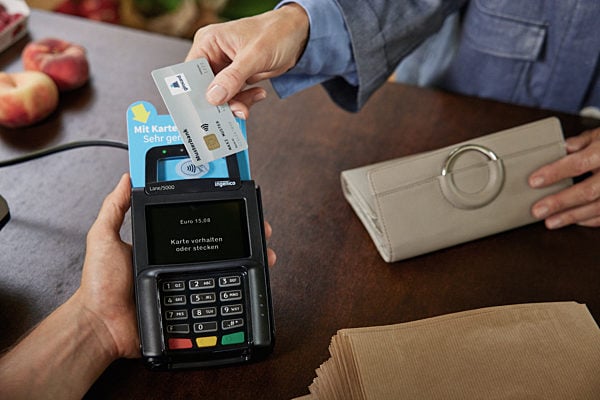The number of bankers in Spain earning over a €1 million is 125, far fewer than the 2,436 in Great Britain on a seven-figure salary.
In fact, the UK has three times more top earners than the rest of the EU countries surveyed combined.
And yet the average wage for these millionaire UK bankers is one of the "lowest" across the chart, with wages averaging €1.43 million a year.
Germany with 170 and France with 162 have the highest number of high-earning bankers after the UK.



 Please whitelist us to continue reading.
Please whitelist us to continue reading.
Member comments